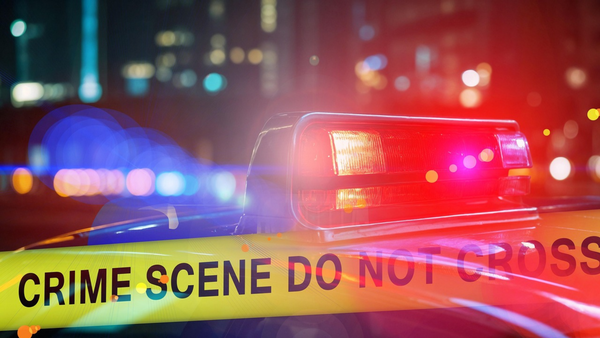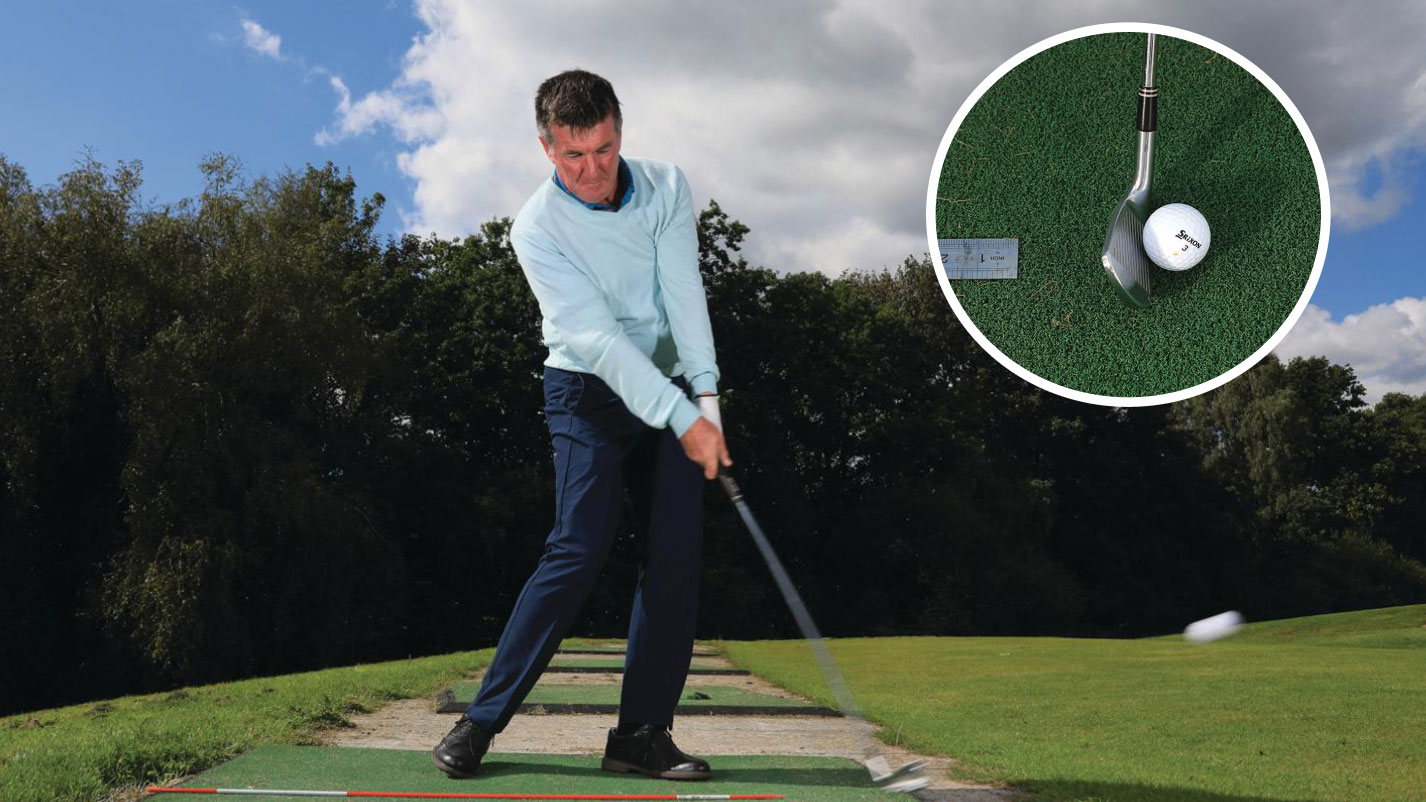
I often get asked for my best driving tips and short game tips, which I'm only too happy to share. However, when I work with club golfers, I also like to share practice tips to help golfers away from our sessions.
In this article, I'm going to demonstrate a few really simple tips (we can call them 'strategy tips') to help you when you're practicing. After all, if you've made time to actually go to the range (many of us don't/can't), then you want to make the most of it.
MY BEST PRACTICE TIPS
1. Contact check
Most of us practice on mats over the winter, and this drill helps you focus on contact when there’s no divot to tell you how you’re hitting it. Place a ruler down lengthways three inches behind the ball. If you clip the ruler, you’ll clearly know that your striking is off and you’re coming in too steeply or too shallow.
If you’re swinging well, you’ll miss the ruler and get that lovely brushing sound that signals good contact. This won’t resolve all issues as there are several reasons why you could be too steep or shallow, but it’s a good starting point. If you think you’ve got a good delivery, it’s a way of checking if contact is in the right place.
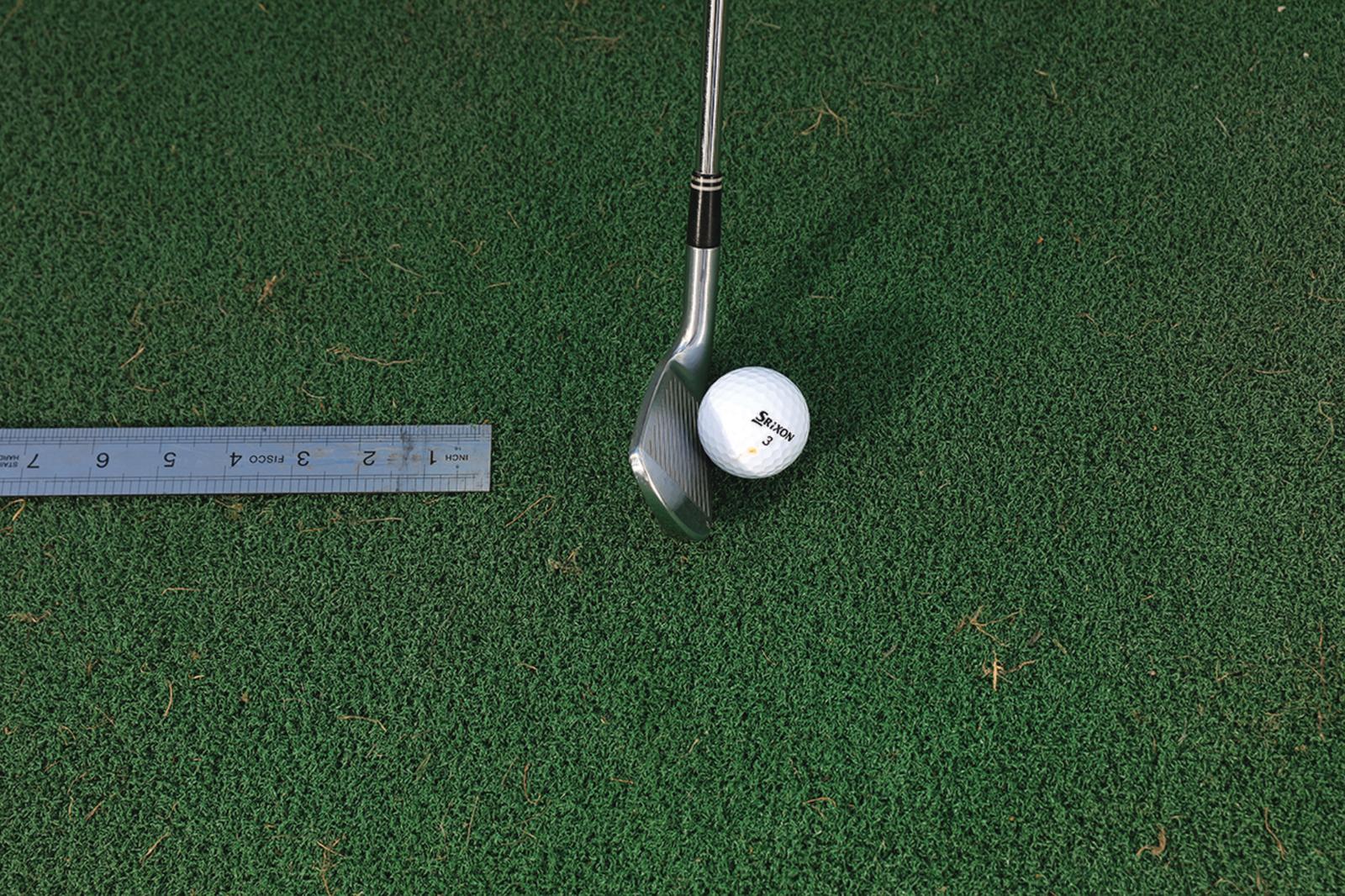
2. Half-set practice
I would recommend practicing with a half set on the range and out on the course over winter because it forces you to try different things - perhaps hitting a 7-iron a bit harder or a 5-iron a bit lower. It’s a good time to experiment, and this adds in a degree of pressure as you seek to pull off new shots. I would suggest playing odds one week and evens the next.

3. Mental rehearsal
I’d recommend playing a specific course or certain holes in your mind as you practice. Greg Norman did this all the time. Let’s say the 1st at your course is a fade with a driver then a draw with a 4-iron - play those shots in practice (as I'm doing below) until you get both spot on.
If you hit a perfect drive but then duff the 4-iron, start again. It’s a good strategy for playing holes that don’t fit your eye as it can help you take good memories forwards for next time you’re there.
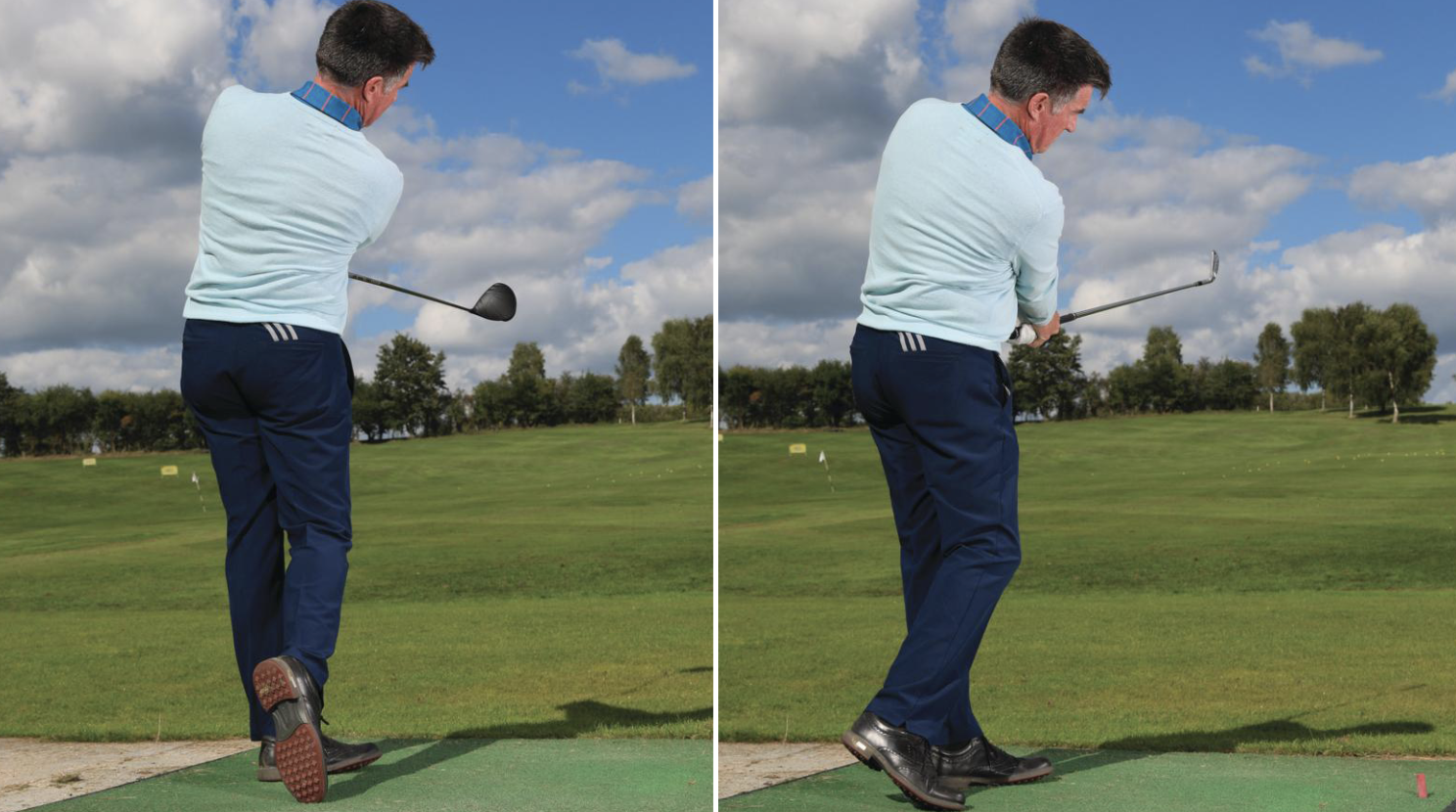
4. Follow-through self-diagnosis
A goal of mine in coaching is to try to make the pupil independent. Being able to self-diagnose your swing is a good skill to learn, and it’s much easier with half swings.
Swing halfway back until you create an 'L' between your arms and the club and then swing halfway through. At this widest point in the follow-through there will be plenty of clues as to what is going on. If you’re hooking the golf ball too much, you’ll probably look narrow here with the clubface closed and the clubhead overtaking the hands (see bottom right). If you’re slicing the golf ball, the club might be too far to the left from a face-on position with the clubface almost parallel to the ground (see bottom left).
Ideally, the clubhead should be almost, but not quite, vertical. If you’re hooking it, you can work on extending more and keeping the back of your hand more towards the sky. If you’re slicing it, you can work on letting the clubhead overtake the hands a bit faster and allowing some rotation to kick in.
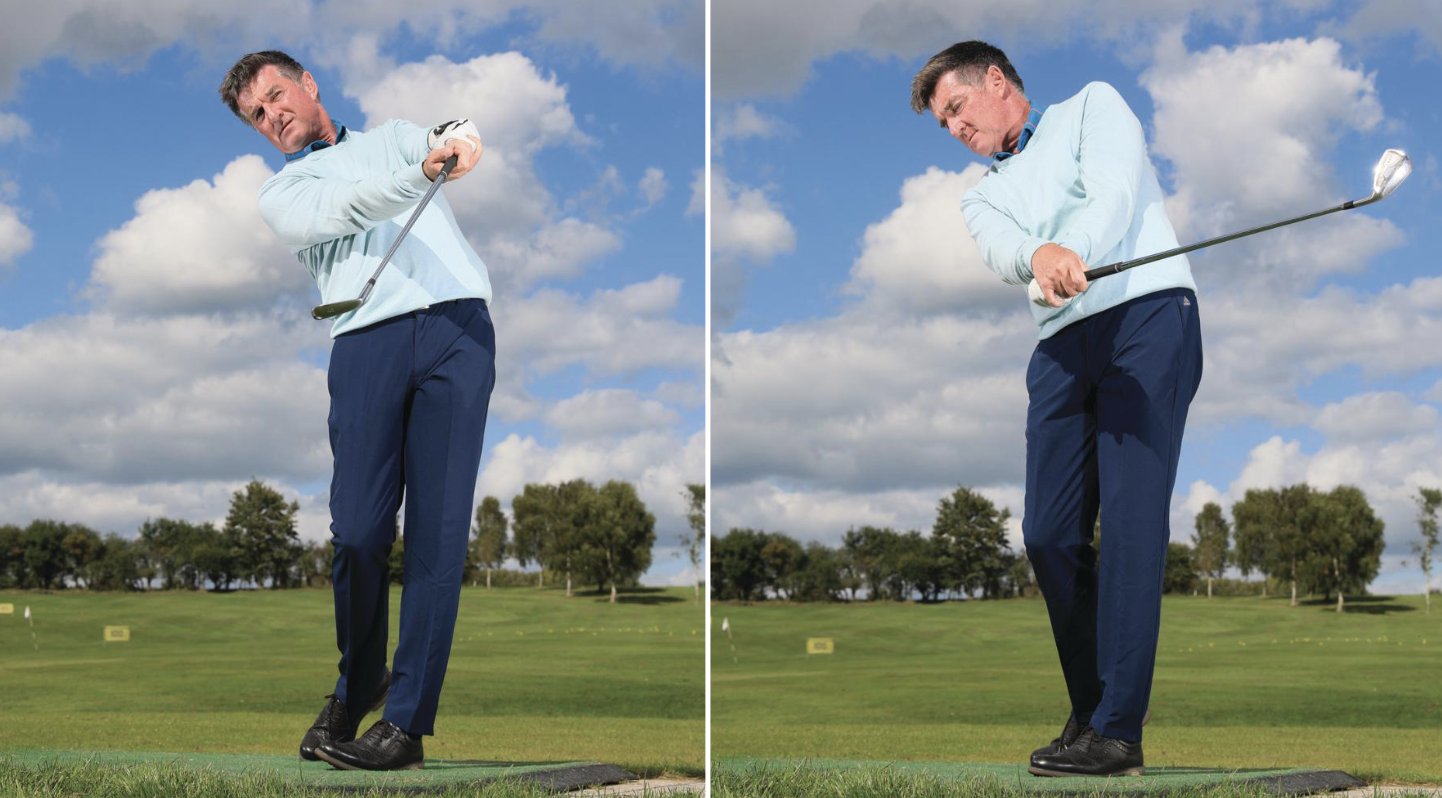
FAQS
What are the best golf training aids to help with practice?
Much depends on what you're trying to work on. We've reviewed many of the best golf training aids, some of which are used by the best players in the world. A lot of the most effective training aids are those which cement sound fundamentals, which are so crucial in the golf swing.
What is the best way to practice at the driving range?
A good way to ensure you stay focused on the range is to work in sets and reps. If you have a particular swing movement you are trying to ingrain, do five reps off the ball, rehearsing the movement, and then five reps hitting the ball; then repeat. Finish the set you are doing by hitting some shots to different targets.



